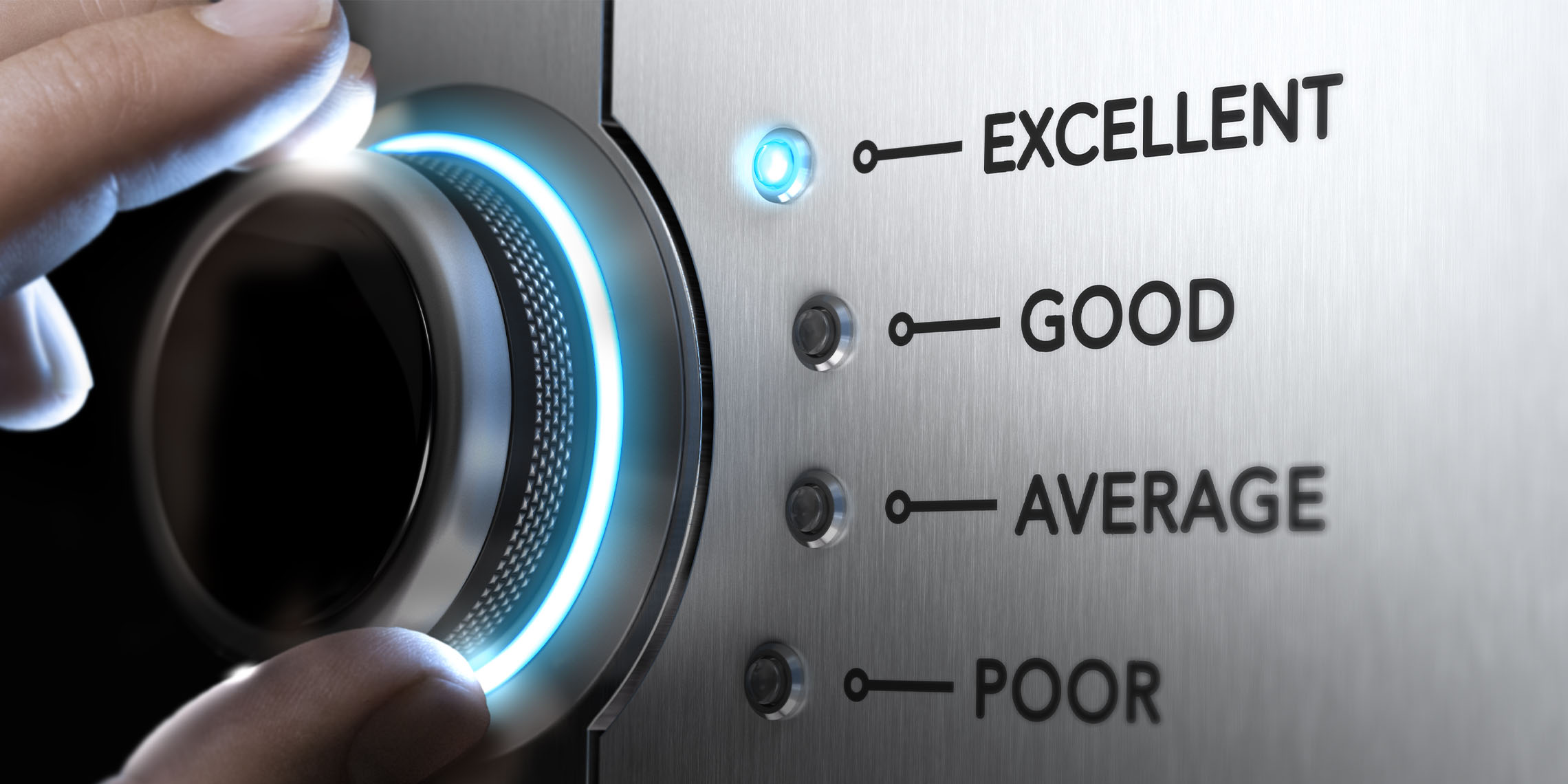Download our e-Treasury Secure Browser
Download the Sterling e-Treasury Token Client

Published on August 18, 2016 |
Customer experience is replacing customer service. Explore how these two business identities work together for the good of your company.
Customer service itself is no longer a primary driving force behind successful consumer interactions. Now, businesses are finding that by compiling every touchpoint they’re able to create a more valuable customer experience. You can harness this emerging strategy to improve your brand loyalty and consumer satisfaction.
Customer experience is really an extension of your company’s service, emerging in the marketplace as the new way to engage and retain consumers. While good customer service is still relevant, it’s evolving into something more robust: tuning into your audience and pinpointing how they experience your product or service from start to finish.
By collecting each consumer touchpoint to create a more comprehensive understanding of how and why people respond to the service, your company can reconfigure its approach and streamline messaging to improve the overall customer experience.
By employing research and pulling information from interactions across various channels, you can assess whether individuals are having good, bad, or less-than-satisfactory experiences with your company. Acquiring past, present, and future data from customer touchpoints can help you improve your overall service offerings.
Once you understand the practices that promote positive consumer interaction, you can universally implement them within your business to ensure consistency across all platforms. By taking the time to showcase company values, you’re telling customers that you care and want to help. Also, taking the time to train and empower your in-house team, while often overlooked, is vital in delivering on your customer experience promise at every stage of the journey.
By identifying touchpoints, measuring data, and implementing procedural adjustments that reflect those findings, you’ll gain the knowledge you need to begin tailoring your customer experience model. Not only will you understand your consumer better, but you’ll also be positioned to move ahead of your competition—thanks to improved responses and interactions between your business and the audience you serve.
The good news is that delivering a consistent customer experience can help strengthen your brand loyalty and market presence.
START AT THE BEGINNING. Walk through each interaction you have with a customer.
ORGANIZE YOUR FINDINGS. Try creating a timeline to help illustrate problem areas.
STRATEGIZE. Figure out the best way to implement your new ideas.
PUT SYSTEMS IN PLAY. Implement effective protocols that help foster customer loyalty; think people first.
ASSESS. Evaluate the new approach: is it working?